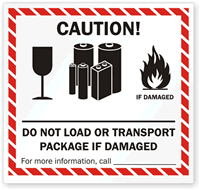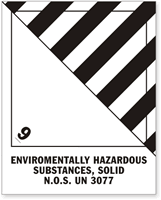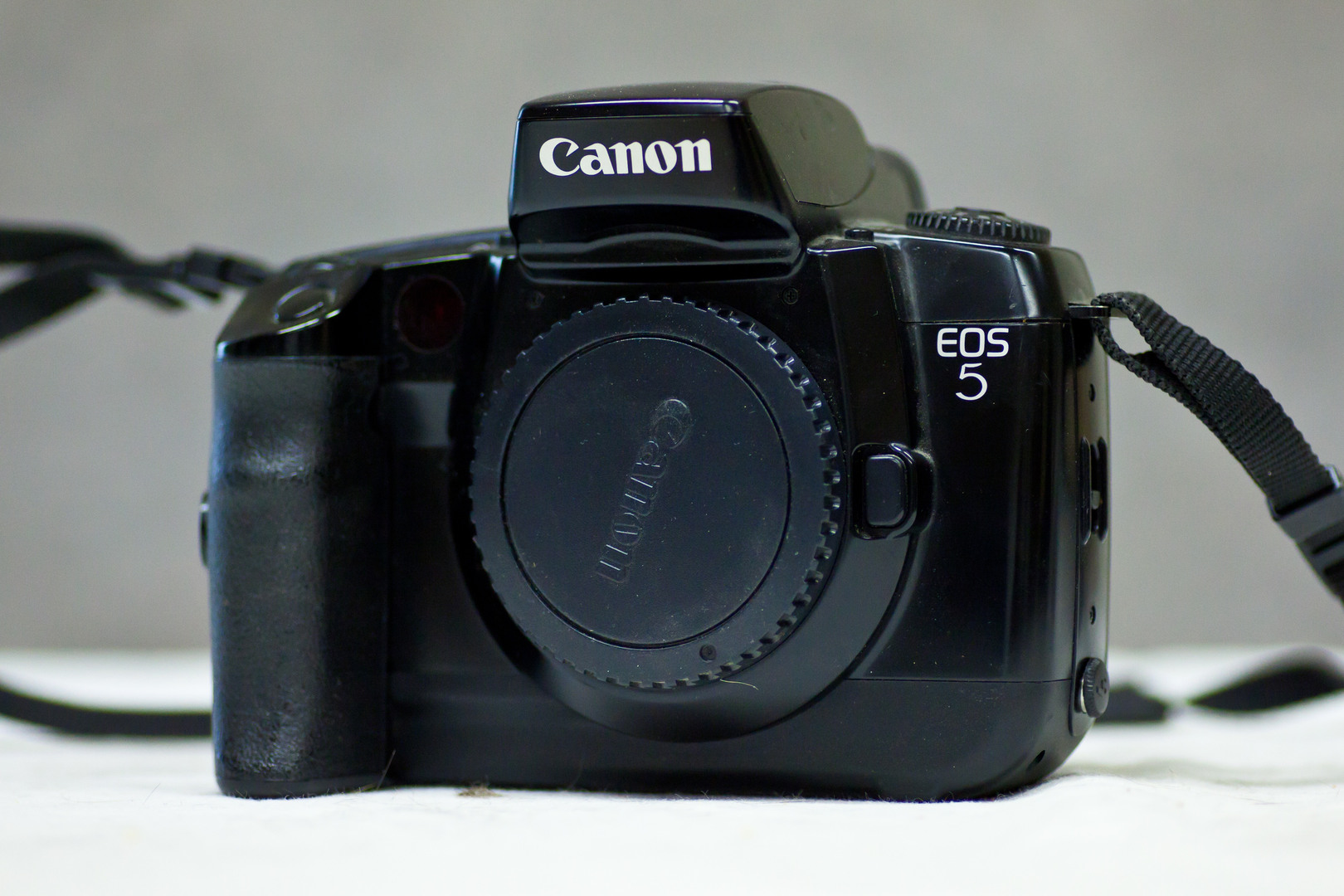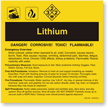Lithium batteries: safe or unstable?
New required lithium battery paper label (via SmartSign.com).
We may not know it, but our modern world is entirely dependent upon lithium batteries. We find them in our cellphones, laptops, digital cameras, and even in our watches. Unlike many of our day-to-day Duracell batteries, lithium ion batteries are unique because they are rechargeable, and so offer a significant longevity advantage over alkaline batteries. We are utterly reliant on them.
While they may play an essential role in our daily lives, lithium batteries can also be extremely dangerous if they are misused. If they are overheated or damaged, they can catch fire and explode. Their reactive tendencies are particularly dangerous when transported by the thousands in cargo planes. As a result, stricter provisions have now been put in place to ensure safe global transportation.
The provision talks began in October 2011 and continued in February 2012, when the International Civil Aviation Organization (ICAO) and Dangerous Goods Panel (DGP), a United Nations agency concerned with civil aviation, met to establish new, safer world-wide regulations concerning the air shipment of lithium batteries. As of January 1, 2013, the revisions included a lithium battery package limit and the mandatory use of lithium battery handling labels and the class 9 hazard labels.
Mandatory Class 9 dangerous goods hazard labels are needed for lithium battery shipments (via SmartSign.com).
In their February 2012 meeting, the DGP met in Montreal to reevaluate lithium battery shipping regulations as a result of a series of lithium battery related disasters over the past few years.
In one such incident in 2010, a UPS cargo plane carrying a large quantity of lithium batteries caught fire and crashed near Dubai in the United Arab Emirates. The following year, lithium batteries were a suspected cause of the fire that brought down the Asiana Airlines cargo plane into the Pacific Ocean.
However, what spurred the DGP meeting in October 2011 was an incident that happened that month at Toronto’s Pearson airport. A ground worker reported smoke and flames emerging from a shipment of electrical bicycle batteries. After the fire was extinguished, investigators discovered that while shipments were appropriately labeled and packaged, the sheer quantity of the batteries had posed the danger.
Lithium batteries are used in many electronic devices such as digital cameras.
Air-safety regulators say that in the past three years, lithium ion batteries have been the cause of at least 24 combustion incidents in the U.S. alone, in both cargo and carry-on luggage.
According to Bill Voss, president of the Flight Safety Foundation, a global safety advocacy group, lithium battery technology “is going to be a big part of our lives and transportation, so we need to step up and find a way to appropriately oversee it.”
As a result of the numerous disasters, the ICAO were adamant about introducing stricter shipping standards and closing loopholes that had once allowed some lithium battery cargo to escape special safeguards. While the ICAO does not consider these measures enough to reduce lithium related incidents, the Agency does believe that these measures will improve safety.
The ICAO and the DGP have certainly taken steps to make air transportation of lithium batteries safer through increased labeling and reduced quantities in each package; however, these batteries can still be extremely dangerous, and more measures may need to be taken to prevent damaging and overheating these cells.
For more details about the new Lithium Battery transportation guidelines, click here.
-N. Segal




















